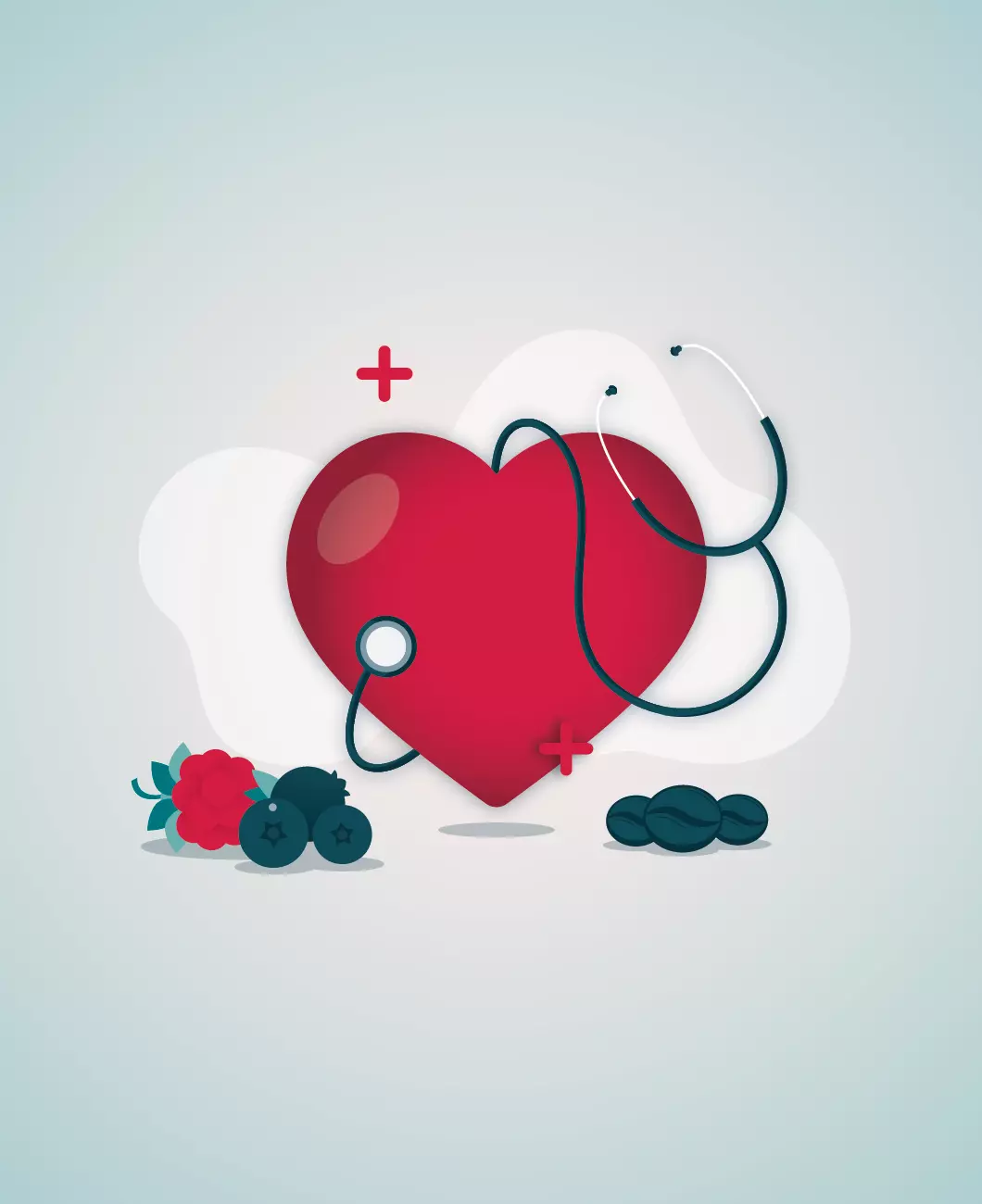Polyphenols, Benefits and where to find them?
Present in the composition of plant-based foods, in addition to essential nutrients, we can find non-essential nutrients, in which their consumption causes a preventive effect in relation to the development of chronic diseases. Within these nutrients, we can find food polyphenols, which have been widely studied and the relation that they may have with certain mechanisms that benefit a particular health condition.
Polyphenols are phytochemicals present in plant foods, composed of one or more hydroxyl groups attached to an aromatic rings and by their chemical structure they can be divided into several subgroups:
– Flavonoids: Can be classified into flavones, flavonols, flavanones, isoflavones, anthocyanidins, chalcones and catechins. Found mainly in fruits, vegetables, red wine and green tea.
– Non-flavonoids:
Phenolic Acids – Divided into hydroxybenzoic acids and hydroxycinnamic acids. Present in coffee, tea, cinnamon, strawberries, kiwi, plums, apples and cherries.
Lignans – Found in flax seeds, cereals, vegetables, legumes and algae.
Stilbenes – Among the subgroups, the main one is resveratrol. Present in grapes, red wine and peanuts.
In nature, they are attached to sugars in the form of glycosides and have at least one aromatic ring, and are differentiated according to the number of rings and their structural elements attached to them.
A number of factors can influence the concentration of polyphenols in food, and consequently the intake levels. These factors can be sun exposure, the rain, how the vegetables are grown and how ripe they are. In addition, food processing processes (such as cooking) also alter the concentrations of these nutrients: cooking with heat, type of cooking, cold storage.
In addition to these factors, other nutrients, such as proteins, fats and alcohol, interact and affect the absorption of polyphenols, potentially decreasing their bioavailability.
Because they are present in the majority of the food we consume, their properties and effect have been studied for multiples diseases, such as cancer, chronic cardiovascular diseases, neurodegenerative diseases, type 2 diabetes and obesity and, in particular, it plays an antioxidant role.
Although there is a strong relation between its action and some preventive mechanisms of the diseases mentioned above, there are many factors that influence the concentrations present in different foods. As such, at the moment, it is difficult to quantify a recommended daily intake of polyphenols and their dietary distribution.
Even so, the consumption of plant-based products, such as fruits, vegetables, cereals, legumes, and seeds, once again shows health benefits especially in terms of prevention, which is the main and primary precaution to take: prevention is better than cure.
Nutritionist, Jacinta Mendes
3341N
Stop using paper in your Gym! ![]()
Innovate your Reservations method! ![]()
Optimise your Team's productivity! ![]()
Simplify Nutrition Monitoring! ![]()
Increase Retention Rate! ![]()


![]() Stop using paper in your Gym!
Stop using paper in your Gym!
![]() Innovate your Reservations method!
Innovate your Reservations method!
![]() Optimise your Team's productivity!
Optimise your Team's productivity!
![]() Simplify Nutrition Monitoring!
Simplify Nutrition Monitoring!
![]() Increase Retention Rate!
Increase Retention Rate!

![]() Stop using paper in your Gym!
Stop using paper in your Gym!
![]() Innovate your Reservations method!
Innovate your Reservations method!
![]() Optimise your Team's productivity!
Optimise your Team's productivity!
![]() Simplify Nutrition Monitoring!
Simplify Nutrition Monitoring!
![]() Increase Retention Rate!
Increase Retention Rate!





